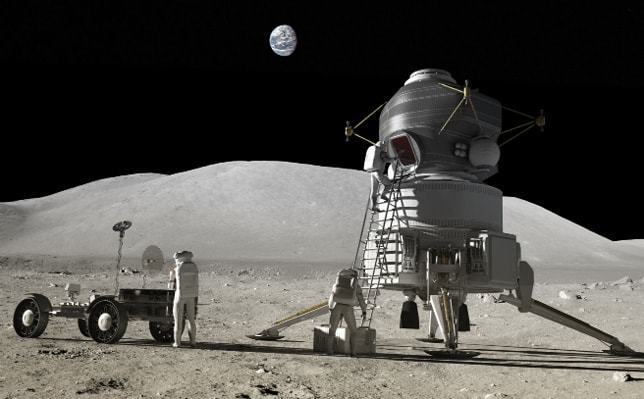According to the chief designer of the Long March family of rockets, Long Lehao, China is currently developing a heavy duty launch vehicle that could be capable of sending Chinese astronauts to the moon by 2030.
The statement, announced on state media CCTV earlier this month, said that the rocket “can send a 150-ton spacecraft into low-Earth orbit, which is equivalent to launching a Tiangong space station at a time.”
At the same time, said Lehao, “it can also send a 30-ton spacecraft to the moon, which is equivalent to four Chang'e-5 probes.”
Expected to be a kerosene-liquid oxygen fuelled rocket, the former deputy chief designer of the Chinese Lunar Exploration Programme said that the technologies behind the project are already at a mature stage of development and that a first flight of the launch vehicle could take place within the next five years.
“I believe that the development progress will be relatively fast. The first flight will start around 2026. If there should be no accidents before 2030,” Lehao said.
The announcement mirrors that of a recent interview by Ye Peijan, a senior official within China’s lunar programme, reports SpaceNews. Last month Peijan noted that Chinese boots on the moon will be “entirely possible” by 2030, as long as technological research for crewed moon landings continues, and “as long as the country is determined”, he said.
The rocket in question could be that of the Long March 9, a super-heavy lift rocket which deputy director of the China National Space Agency, Wu Yanhua, said back in February is for any "crewed lunar landing or crewed Mars landing missions" the country may undertake.
However, the suggested debut launch timescale for the Long March 9 is said to take place in 2030.
Or, it could be a triple-core rocket that would have a similar appearance to SpaceX's Falcon Heavy and United Launch Alliance's Delta IV Heavy.
This as-yet-unnamed rocket will be 87 metres (285 feet) long, with a three-stage central core, and it is being designed to send a 25 metric ton spacecraft into trans-lunar injection.
Normally notoriously secretive about impending mission specifics, China has been more open about its potential plans to build an International Lunar Research Station with Russia.
The Declaration, which was revised taking into account the proposals of international experts, was presented to the world space community for broad discussion at the 72nd International Astronautical Congress (IAU) in Dubai this year.
Although little else was revealed at the IAU, earlier reports have suggested that the Research Station would be complete by 2025, following a number of reconnaissance missions with China’s Chang’e-4, -6 and -7 missions, and Russia’s Luna 25, 26 and 27 missions.
Recently though, Russia acknowledged that Luna-25, the country’s first mission to the Moon’s surface in 45 years, has been postponed until May 2022 at the earliest due to "problems" encountered with the spacecraft during crucial tests.
This could delay subsequent missions, such as Luna-27, which is slated to launch three years after Luna-25.











